The Czech Republic (now Chechia and formerly Czechoslovakia) and was historically known as Bohemia. I made it here on an (almost) all-expenses paid work trip back in the day and loved every bit of it. It was stunningly beautiful and it was as cheap as chips. And from my perspective, Pilsner Urquell has been one of my favourite drops for a very long time. So I have been telling Jill for over a decade now that she would love it.

Prague
So after a quick 3 hr flight to get here from Crete, we were picked up and delivered to our hotel. It is amazing to see the way some people behave on a 3 hr flight. I guess from a European context, 3 hrs is a long flight whereas for us it is a puddle jump. The guy in front of us (about 50) was honestly worse than a kid with ADD. He fidgeted, farted and moved every few seconds for the entire flight. He sat in 4 different seats (not a full plane) throughout the flight and sat in 3 of them changing on average every 5 mins.
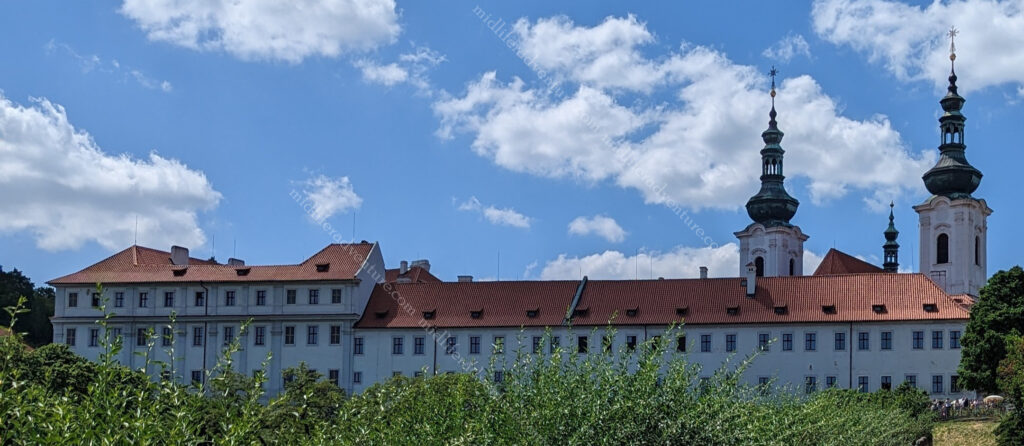
In addition to this, both he and the woman he was with had to urinate 3 times (each) in a short flight. The last bit was pretty common as I was passed by about 4 different people heading to the loo who also made at least 3 trips. At one point there was a line of 8 people queued up the aisle.


If you could ignore the carry-on and just stare out the window, it was lovely. The river meandered through a beautiful green countryside, and every now and then you would see some snow-capped mountains.
In doing my research for this post I found that the Czech Republic has the highest beer consumption per capita in the world and has topped the per capita beer drinking table for 24 consecutive years.
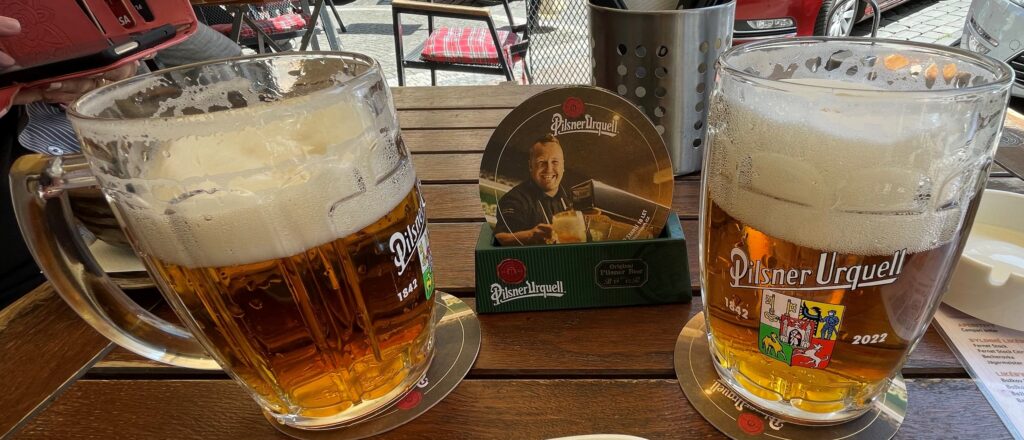
Maybe this influenced why I loved this place.
Anyway, Prague has been a populated area for several thousands of years with decent records showing consistent habitation since around 500 BC. In the 5th and 6th centuries, Slavic tribes moved in and began building fortifications. By the 9th and 10th centuries, this fortification had extended to the building of Prague Castle. By the 1300’s Prague had developed into an imperial capital and significant planned expansions took place. By the 1700s many rich merchants and nobles moved in and built a host of palaces, churches and gardens. The big point is that Prague’s cultural attractions mostly survived the violence and destruction of 20th-century Europe (WWI and WWII).



According to the blurb, today Prague has over 2,000 officially recognised architectural and artistic monuments, ranging in period from the Romanesque through the Gothic to the Baroque, Rococo, Classical, and Neoclassical. And this I can truly believe, you cannot walk 5 meters without seeing amazing buildings, architecture and statues.





So the question has become, how to attack this in a way that seems semi-logical. This is pretty tough when there is so much to see in such close proximity. I tried my usual chronology but there was just so much that is amazing so I have had to split it into two parts and have had to group items as things get really confusing, really quickly.
As we were staying on the western side of the river, this was where we explored first. I must say upfront, we were gifted on the days that we had. The temperature was in the low 20s, and the skies were a beautiful blue, with the odd wispy cloud to give the photos a touch of character. The buildings of Prague are stunning. Everywhere you look there is character, whether old or new the place is a blast.







Old Town
Old Town is on the eastern bank of the River it started as a marketplace back in the 10th century. Old town Square (or Staromestske Namesti) is the main square where you will find major tourist attractions including the:
- old town hall – originally built in 1364 and fixed multiple times due to varying conflicts etc over the years,
- astronomical clock – first installed in 1410
- Rococo Kinský Palace – former palace that is now part of the National Gallery Prague.
- Gothic House at the Stone Bell
- in the pavement of the square are memorial stones marking the execution of 27 Czech lords in 1621, and
- the Prague meridian – a narrow brass strip in Prague’s Old Town Square that was used to tell time from 1652 to 1918.




Church of Our Lady before Týn is a 14th-century landmark with 80m towers, ornately carved exteriors & a baroque altarpiece.
The story goes that Walt Disney was inspired by this church when he was designing the very famous Disney Castle.
I can see it…
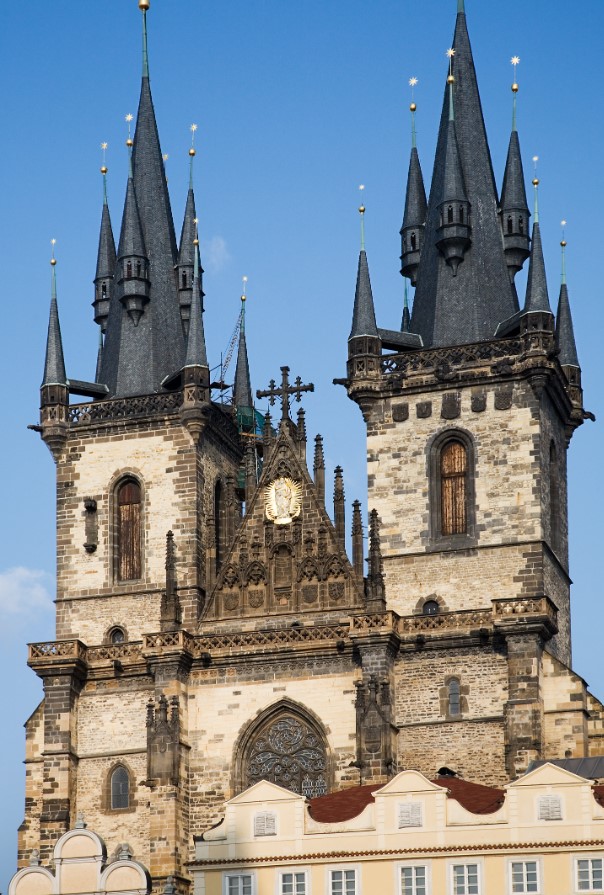
Convent of St Agnes of Bohemia is one of the oldest (1230’s) and most important Gothic buildings in Prague. It functioned as a religious building for around 550 years before falling to ruin. It was restored and now houses the National Gallery.



The Baroque Church of St Nicholas took 51 years (1704-1755) to build and is in Lesser town (the area below the palace but before you cross the Charles Bridge into Old Town).
It was built on the same site where there used to be a Gothic church.
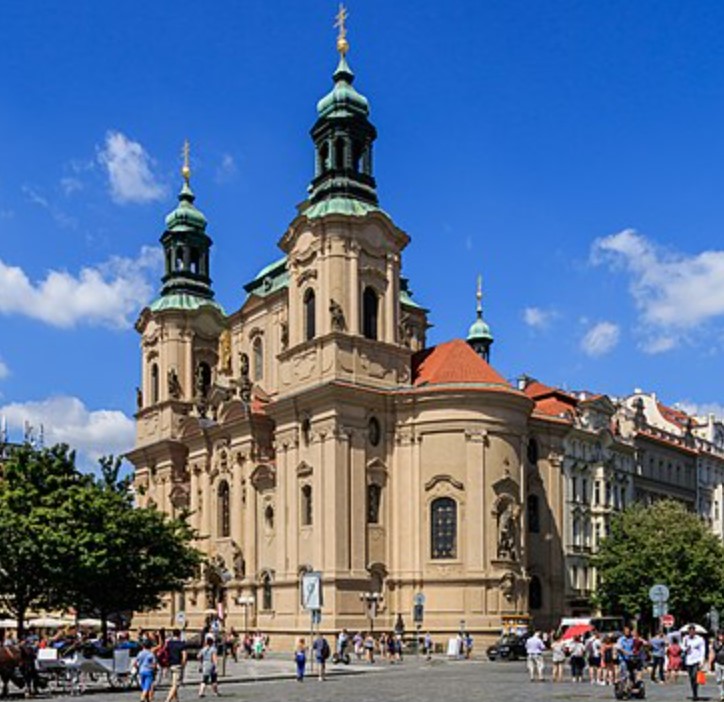
Žofín Palace messed up my plans to go east and west of the river as it was built on an island in the middle of the river. Dating back to the 1830’s this new Renaissance building was built as a cultural centre / concert hall. In 1884, the entire island was purchased by the City of Prague, which decided to thoroughly re-build and extend the original building.



Marking the exit from Old Town is the Powder Tower. Built in 1475, the dark Gothic structure is one of the 13 original city gates and was used for gunpowder storage in the 17th century.
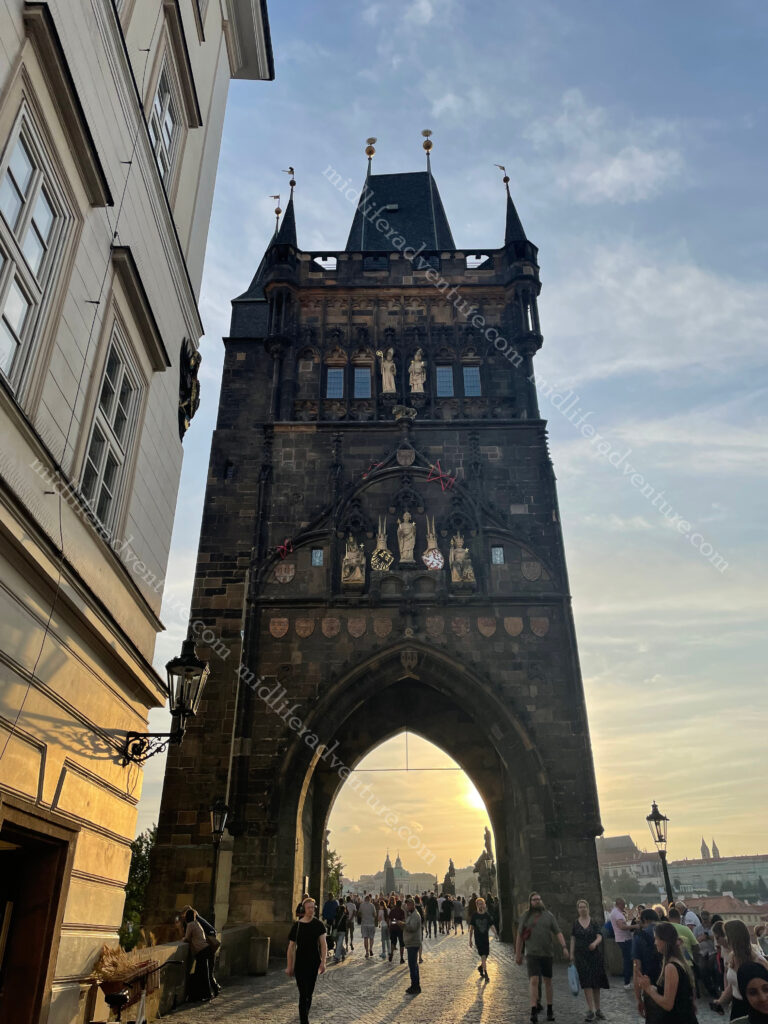
Charles Bridge connects the Old Town with the Prague Castle area of the city. It was started in 1357 and took a half-century to finish. It was the only means of crossing the river Vltava until 1841.

The bridge is lined with a series of 30 statues on both sides, many of which are over 300 years old.









Prague Castle (Vyšehrad ) Complex is the main show in town. According to the Guinness Book of World Records, Prague Castle is the largest coherent castle complex in the world, with an area of almost 70,000 m². It consists of the Old Royal Palace, St Virus Cathedral, St George’s Basilica, Golden Lane and the Great South Tower. The castle itself is about 570 metres long and around 130 metres wide, with a history that dates back to the 9th century.






St. Vitus Cathedral is the largest and the most important temple in Prague. It is a Gothic cathedral where construction began in 1344 and it is situated in the middle of the Prague Castle Complex. Apart from religious services, coronations of Czech kings and queens also took place here.





St George’s Basilica, Golden Lane and the Great South Tower (the old prison area) are all also located in the complex that is Prague Castle.








Hradčanské náměstí (Hradcany Square) is the square directly in front of Prague Castle that is the home to virtually everything that you can imagine in a historic sense. The list of what is around the square includes Salmovsky Palace ( National Gallery ), Schwarzenberg Palace (National Gallery, built in 1567), Monastery of the Discalced Carmelites, St. Benedict’s Church, Tuscan Palace, Martinique Palace, Saxe-Lauenburg Palace, Losenovsky Palace (U Labutí house), Sternberg Palace (National Gallery), Archbishop’s Palace and Canon houses. Along with any number of statues and columns.



The Loreta is a baroque place of pilgrimage founded in 1626. It was designed as a replica of the Santa Casa (Sacred House; the home of the Virgin Mary) in the Holy Land. These replicas were once found across Catholic Europe (50 in the Czech lands alone), but the Prague Loreta is claimed to be extra special.
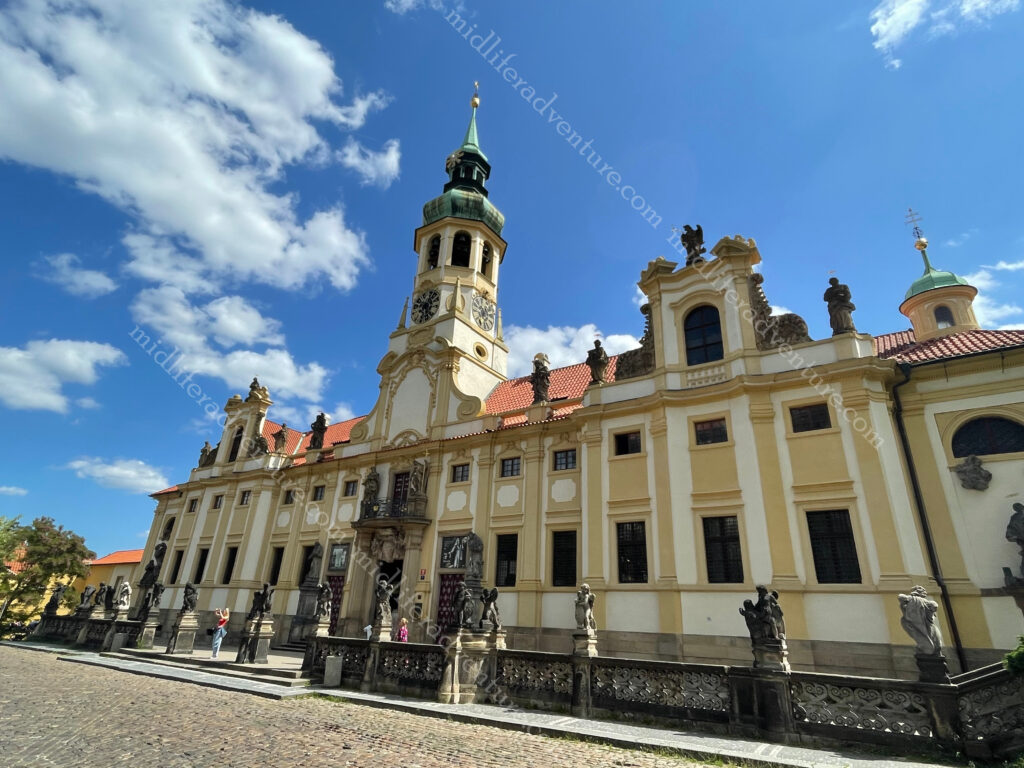
Legend says the original Santa Casa was carried by angels to the Italian town of Loreto as the Turks were advancing on Nazareth.
Along with all of the Palaces and historic buildings, Prague is the capital of Museums. Everywhere you look there is another museum. Some of the museums that we came across included the: Alchemy, Apple products, Army, Beer, Chocolate, Communism, Decorative Arts, Fantastic Illusions, Franz Kafka, Historical toilets and chamber ports, Illusion art, Jewish, KGB, Lego, Lobkowicz, Marionette, Military history, Miniatures, Modern art, Mucha, Music, National, Pop-up, Porcelain, Senses, Sex machines, Slivovitz Museum, Technical and many more…
We chose to go to the Old Masters exhibit in the Schwarzenberg Palace. At this point, I realised that I liked statues and sculptures, but could not get excited about paintings. From here we headed up the hill to the Museum of Miniatures. Here you use a microscope or magnifying glass to view micro-miniature sculptures and paintings. Some of these include the Eiffel Tower in a cherry stone, a golden bicycle on a needle, the lord’s prayer on a hair and a camel train within the eye of a needle. Needless to say, the zoom on my phone was not up to this so I grabbed these photos from their website.



And of course we hit the National Museum, but that comes in part 2.
National Museum
This is the National Museum in Prague which was originally founded in 1818. It bounced around a bit as it gained exhibits and outgrew several early buildings. The current building is located at the end of Wenceslas Square, it was completed in 1891 and is absolutely stunning. In fact, the entire museum is that way. For the most part, I am not really a museum/gallery kind of guy, but this place was amazing and I cannot recommend it enough.





The early focus of the museum was natural sciences and as such there is a bunch of natural history and evolution-type stuff all over the place, and the way they have done it is brilliant. The dinosaur section was really well done and fun.





They also have a huge collection of animals and a really cool display that shows the animals ordered in the speed at which they travel.







But beyond the natural history stuff, the whole museum was really interesting and was a highlight of our trip.



Prague Statues
These buggers are everywhere. There was a statue virtually anywhere you looked in this place. They ranged from formal to classical and some straight-out quirky ones, including hanging from power lines. .









The Jewish Quarter
Prague’s Jewish Quarter (Josefov) is hidden away at the back of old town and has been there and occupied since around 965 AD. As with most Jewish areas in Europe the neighbourhood has seen more than its fair share of horror over the centuries. But it still contains some of the oldest buildings in the Czech capital.
In here you will find synagogues, the Old Jewish Cemetery, the Jewish Town Hall and Ceremonial Hall. So we went and wandered through the area and through the cemetery. Jill took great amusement at the fact that they forced ever male to wear a yarmulke. So I wandered around with a mini beanie on my head that wouldn’t stay put.






Prague Zoo
We were hanging around and found that there was a cruise available that took us up the river and delivered us at the zoo. This was a way of killing two birds with one stone so we jumped at it. Due to the water levels of the Vltava River, there are four locks that were built between 1911-1922. The locks control the water level and allow the vessels to traverse.



The zoo was as a zoo normally is. Lots of displays, interesting animals that are particular to certain areas of the world and a petting zoo for the little kids. There were the usual big ticket items (lions, tigers, giraffes and elephants) along with some Aussie favourites that seemed pretty popular.

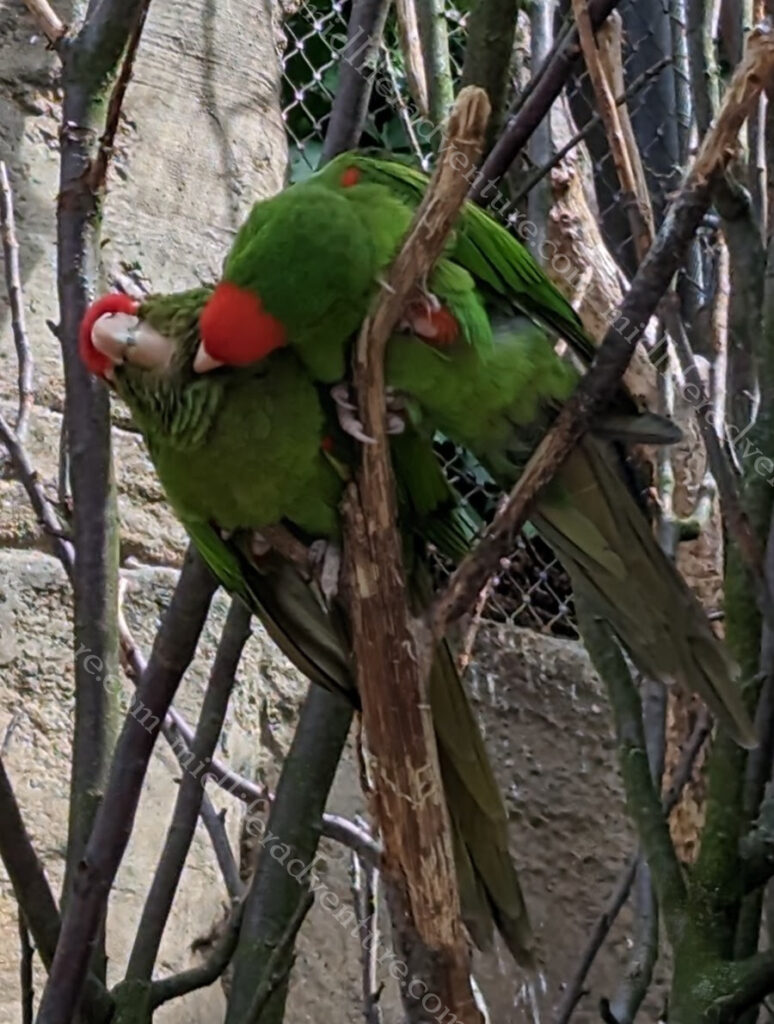









Whatever happens, Prague is a truly amazing city. Every street, every corner there is something amazing to look at. The architecture, the statues, the doorways, the cobblestones, this place is incredible at every turn. From my perspective, you should add it very high on any bucket list that you may be compiling.




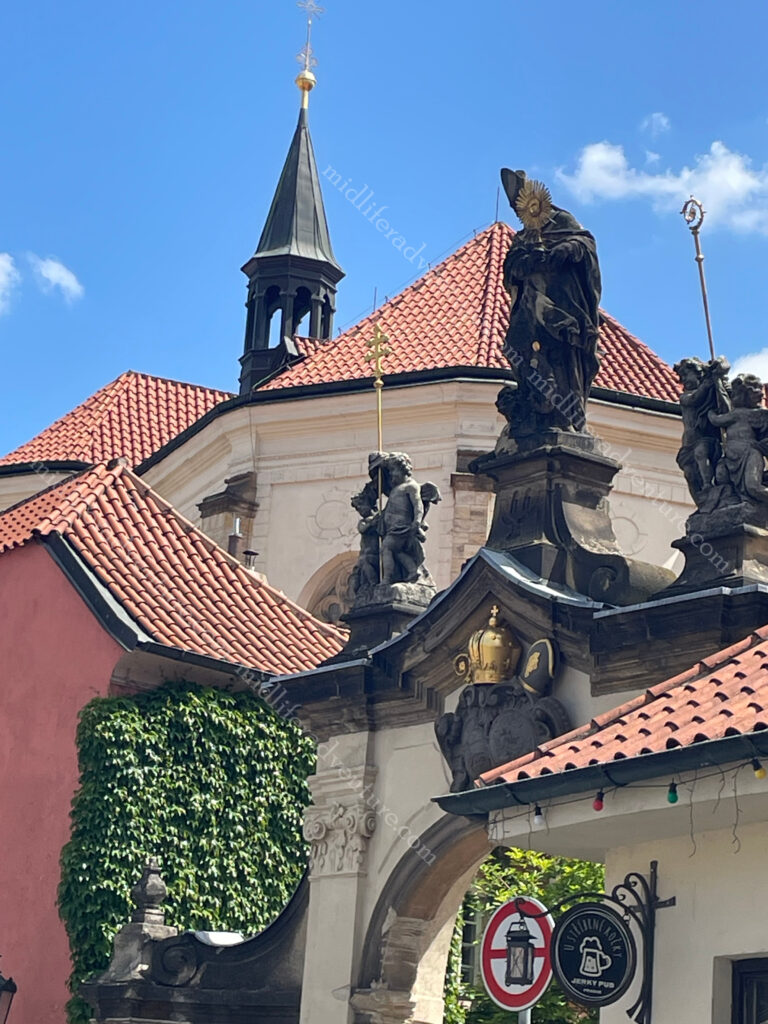


Czech Food
Czech food, for the most part is pretty stodgy. It is priced pretty similarly (but maybe a little cheaper) than you would expect to pay in Australia. Fruit and vegetables (beyond starchy ones) were tough to find, but the food was rich, hearty and tasty.
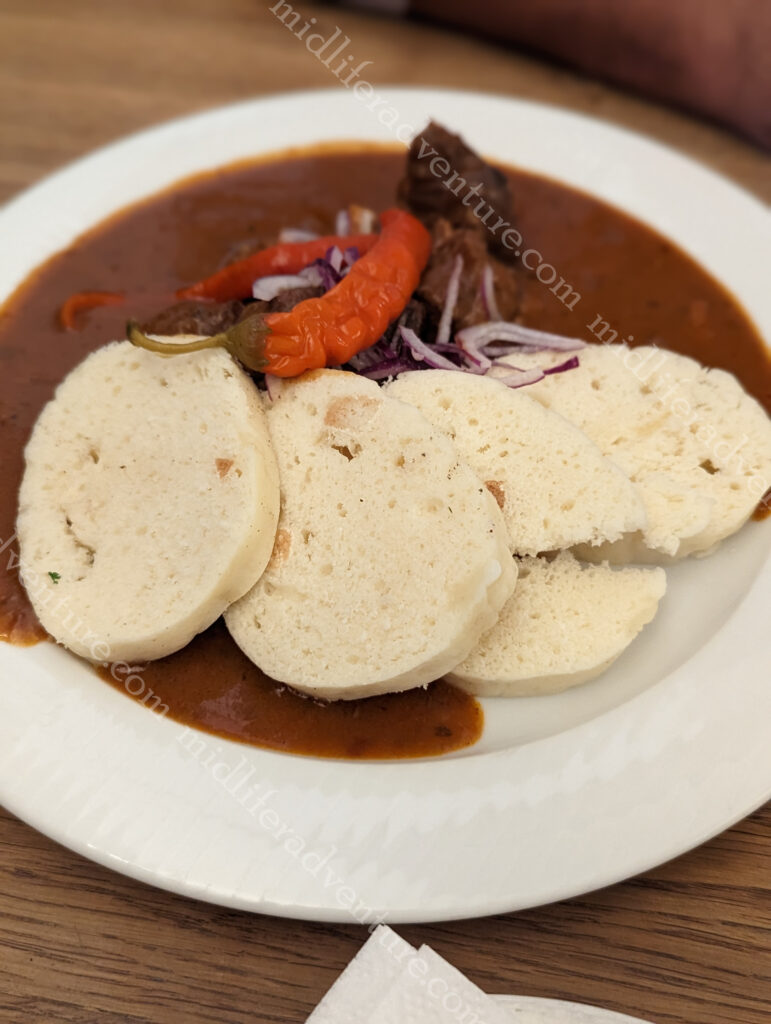
There are plenty of soups and stews, roasted meat coated in rich sauces, typically served with a side of bread dumplings to mop it all up with. Knedliky is the name for these (steamed or boiled) dumplings they are ideal for soaking up all of the juices and sauces that Czech cuisine has in abundance.
While Goulash is originally a Hungarian dish it has made its way heavily into the Czech food staples. It is a rich, meat-based stew, consisting of chunks of stewed beef in a thick meat sauce seasoned with paprika. I was a little surprized at the spice levels in this, it was spicier than I had expected and was seriously tasty.
Vepřo knedlo zelo is one of the Czech Republic’s national dishes. This is a combination of roast pork, cabbage or sauerkraut, and dumplings, served with an onion and caraway gravy. Kulajda is a rich mushroom and potato cream soup. The addition of sour cream helps add both meatiness and tanginess to the dish. Zelňačka is tangy sauerkraut soup.


Tatarák is a dish of raw minced beef mixed with diced onion, garlic, egg yolk, paprika, pepper, salt, mustard, diced cucumber, and tomato sauce. Jill is now, and always has been, a fan of this and when given the choice of mixed or unmixed, she obviously chose to do it herself.
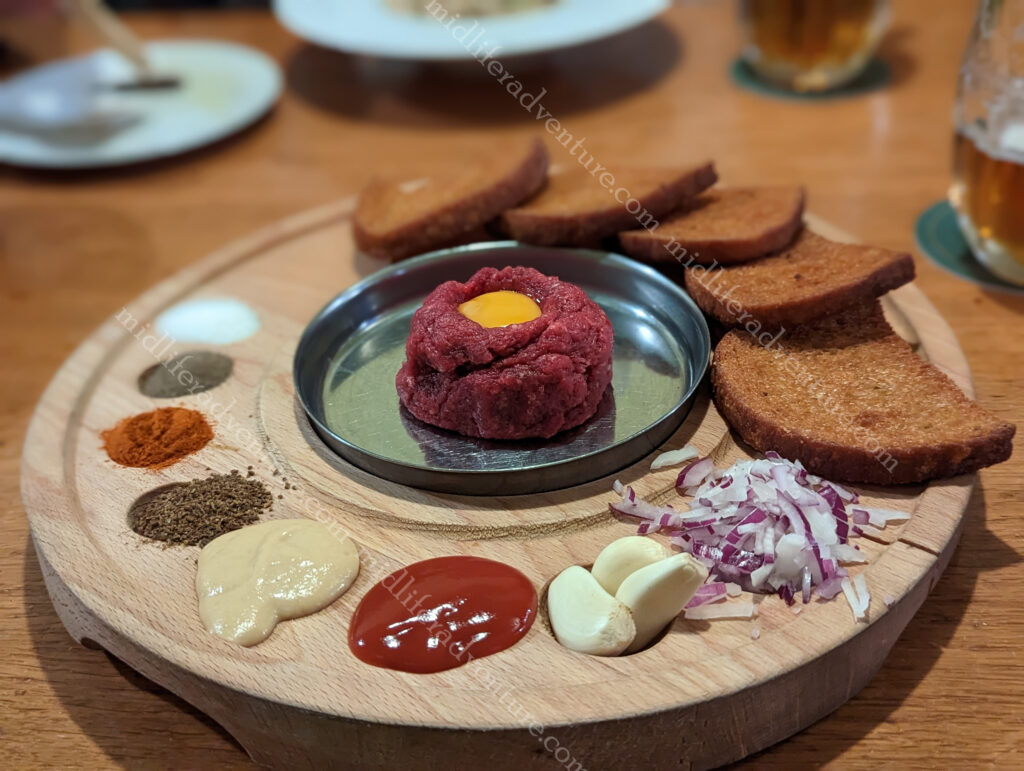
Smažený vepřový rízek is essentially the Czech version of a pork schnitzel. Česnečka is a garlic-base soup, topped with a raw egg, which cooks atop the soup because of the heat. Moravský vrabec means ‘Moravian sparrow’ but it is basically stewed then baked pork, sauerkraut, and dumplings. Vepřové koleno is roasted pork knee. An early foray saw us sampling the nakladany hermelin (or pickled cheese). This is a local version of Camembert that has been marinated in spiced, paprika-tinged oil, padded with raw onion and crowned with hot pickled chillies.







But as with everywhere, there is a winner and in Prague it was Trdelník. Trdelnik actually comes from Slovakia, but has become popular in the Czech Republic and Hungary. It is a doughnut-style thing that is roasted over coals, but some bright spark had the idea of filling it with cream, ice cream and other goodies.



This is excellent but obscenely overpriced. It will cost you the equivalent of around $15 for a small cone. But it is good.
Czech Beer
Czech beer (České pivo) is the overall winner, it was high on my list before we came and has now been elevated to even loftier levels. Apart from some of the the weird microbrewery offerings, there is not one Czech beer that I tried that was not incredibly good. A big thanks to Tasteatlas.com for some of the content.
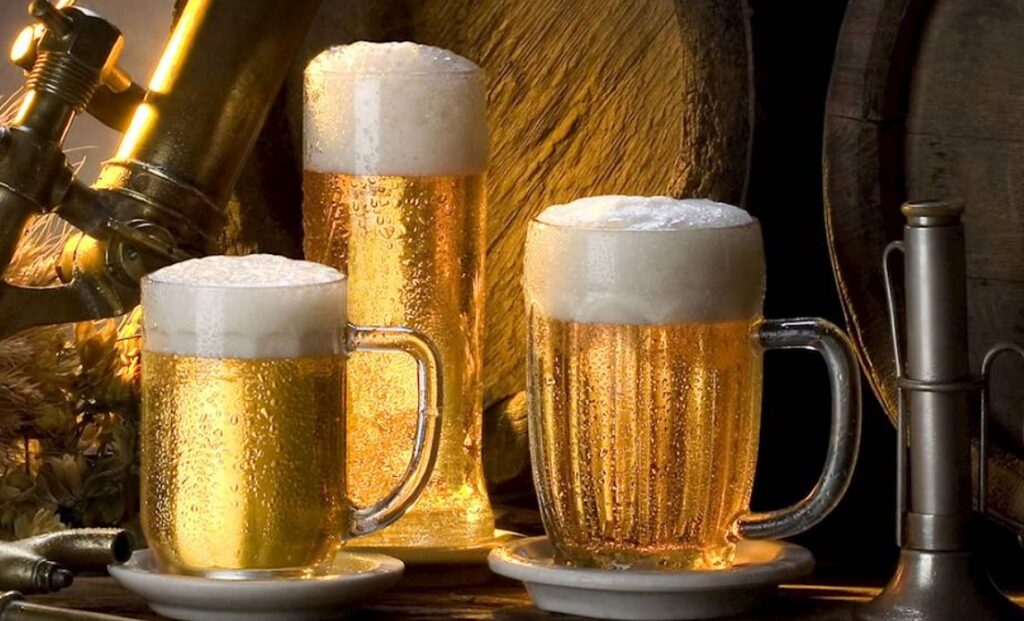
České pivo is a term that refers to a variety of local beers with a Protected Geographical Indication (PGI) mark. The mark is used by fourteen breweries making more than 80 brands, which is about 65% of the total domestic market.
Pilsner is a beer style that originated in Pilsen (Plzeň), in western Bohemia. It was first brewed in 1842 because the citizens of Pilsen grew unhappy with the quality of the beer so decided to build Bürger Brauerei (Citizens’ Brewery), which would later become Pilsner Urquell.
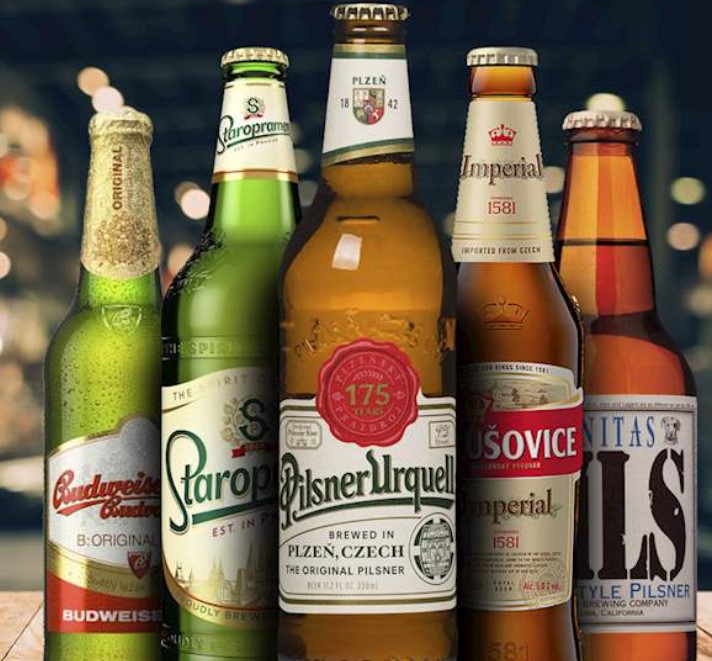
As with most nations, the beer is produced regionally and some of the major offerings here in Czech Republic Include Chodské pivo (produced in the Chodsko region), Březnický ležák (produced in the Březnice area), Brněnské pivo, also known as Starobrněnské pivo, is produced in the Brno district.







The most important thing about Czech beer, beyond the excellent taste and flavour, is the price. In many of the bars and pubs around Prague, you can get a 500ml glass of your choice of beers for 49 Czech crowns ($3.30). If things get really extravagant and touristy overpriced you will still get change from $5.